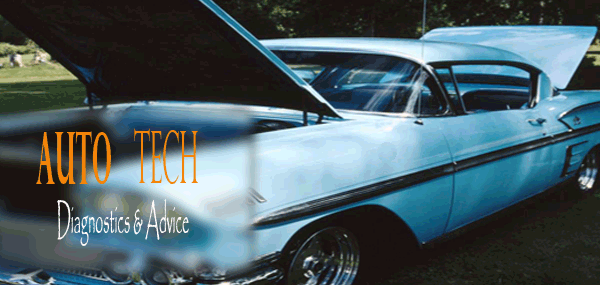
Brake Power Assist Units
The purpose of the brake power assist unit is to add some assistance by amplifying the force that is applied by your foot to the brake pedal, to enable the vehicle to slow or stop. A well functioning power assist unit makes it possible for you to stop a vehicle by applying a comfortable amount of foot pressure. When the amount of pressure required increases, it can be a sign that the power assist unit is beginning to fail.
There are two types of brake power assist units referred to as brake booster and hydroboost.

Brake boosters use vacuum assisted diaphragms that are designed to transfer vacuum from one side of the flexible diaphragm to the other side of the diaphragm. This pressure change makes it easy to increase the pushrod force being applied to the master cylinder. The operation of the vacuum brake booster begins when the brake pedal is depressed, allowing atmospheric pressure to enter the booster through the pushrod connected to the brake pedal. This action creates a pressure differential, causing vacuum to transfer to the master cylinder side of the diaphragm and escape through a one way check valve leading directly to the vacuum supply on the engine.
Hydro-Boost systems are powered by the force of the power steering fluid rather than powered by vacuum. Hydro-Boost systems are used on vehicles where there is not an adequate supply of vacuum present, such as on a turbocharged or diesel engine.
Some older vehicles may have no brake boosters or hydroboost systems and you may end up needing a heavier foot and a stronger leg in order to stop the vehicle. The reason brake pedals are always wider is to enable the driver to use two feet in an emergency situation if the brake power assist system should happen to fail.
After review of our brake inspection page and coming to the conclusion that the brake’s power assist unit is not functioning, proceed with the following steps to remove or replace either the brake booster or hydroboost unit.



Share